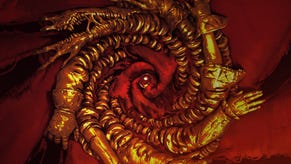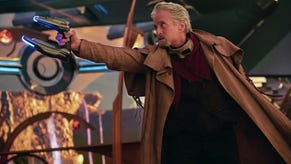USgamer Community Question: What's Your All-Time Favorite Controller?
Perhaps the most important asset in your gaming arsenal is your controller. There have been thousands of different ones over the years. Which one is your all-time favorite? We'd love to know.
This article first appeared on USgamer, a partner publication of VG247. Some content, such as this article, has been migrated to VG247 for posterity after USgamer's closure - but it has not been edited or further vetted by the VG247 team.
The video game controller is perhaps the most critical part of a video game system: the interface between you and the game. If for any reason the controller creates any form of impediment preventing what you want to do from instantaneously happening in the game, you are at a disadvantage. We all have different tastes, styles and indeed shapes of hands, so it makes sense that different controllers will appeal to different people.
So with that in mind – what's your favorite controller? Do you have an old, trusty controller that's your go-to joypad or joystick, or are you a fan of cutting-edge tech? Tell us – we'd love to talk about it! In the meantime, here are out weapons of choice:
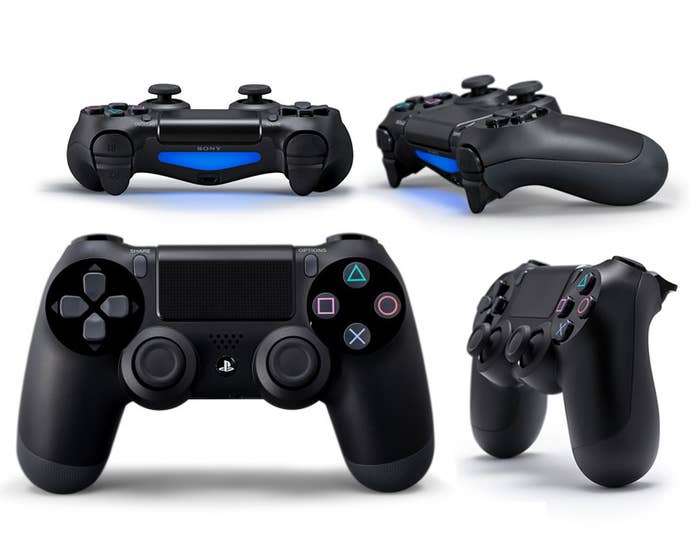
Mike Williams, Associate Editor
Controller: Dual Shock 4
You know what? I'm going to buck the trend of picking older controllers here. When deciding what's my favorite controller of all-time, I asked myself, "What controller would I hook up to my PC, if adapters weren't an issue?" Currently, the answer to that question is the Dual Shock 4. If Sony would release native Windows drivers for the Dual Shock 4, it'd replace my wired 360 controller in a heartbeat.
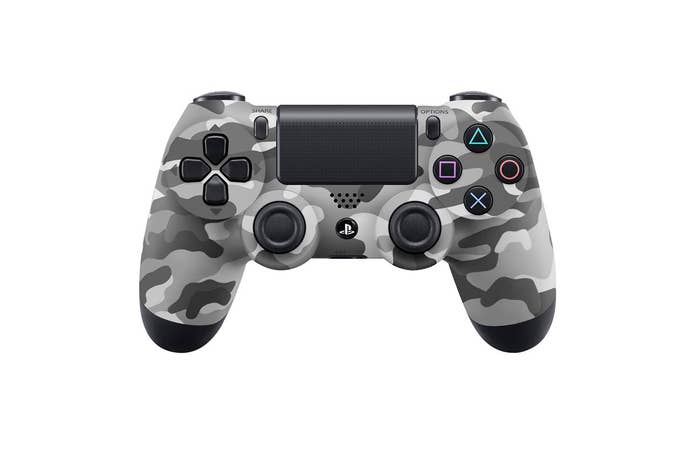
I'm a bigger guy, so many controllers offered up previously were actually too small for my hands; I'm one of those people that actually liked the old Xbox Duke controller. The Dual Shock 4 gets closer with the longer grips, bringing it in line with the 360 and Xbox One controllers. Raised thumbsticks for better travel, concave triggers for racing, and the redesigned directional pad are all great improvements on a classic formula. And I actually like the touchpad/button thing that takes up the middle of the controller. I find it more useful than not, especially using pinch-to-zoom on in-game maps.
So, while I've loved older controllers, many of them feel like relics from their time. (Seriously, the original NES controller is crazy uncomfortable.) If I have to really get down and play a game, I want the most comfortable controller at hand and for me, that's the Dual Shock 4.
Jeremy Parish, Editor-in-Chief
Controller: Hori Digital Controller for GameCube
This is a really tough question, to be honest, because almost every controller I've known and loved has come with some sort of glaring defect. The Xbox 360 controller was great for first-person shooters, but a pile of hot garbage for more traditional games (i.e. anything you'd want to use the D-pad for). DualShock 4 feels even better, but that stupid touch pad and the awkward placement of the Option button means I'm always fumbling with it in the heat of action. And so on, and so forth.
So, instead, I'm going to run with a specialized controller, Hori's Digital Controller for GameCube. This was not meant to be a replacement for the GameCube's weirdo standard controller, because it lacked any sort of analog input. It didn't work with the vast majority of GameCube software. But with the games it did work for… it worked brilliantly. The D-pad felt perfect, and the goofy GameCube button arrangement felt less clunky in the hand. It was great for playing 2D action games, be they shooters or platformers.
Obviously, the main attraction here was the GameCube Game Boy Player, which gave us loyal Nintendo fans the ability to play thousands of handheld games on a big-screen television in hot 480p progressive scan. Trying to use the GameCube's standard controller for that end felt like an exercise in self-flagellation, but Hori stepped up and delivered with a comfortable, responsive hybrid of the GameCube controller and the Super NES game pad. And because it was Hori, it felt OEM-grade, not like the typical cheap third-party controller solution. Once you played Ninja Five-O or Castlevania: Aria of Sorrow with this thing, there was no going back to the cramped Game Boy Advance SP.
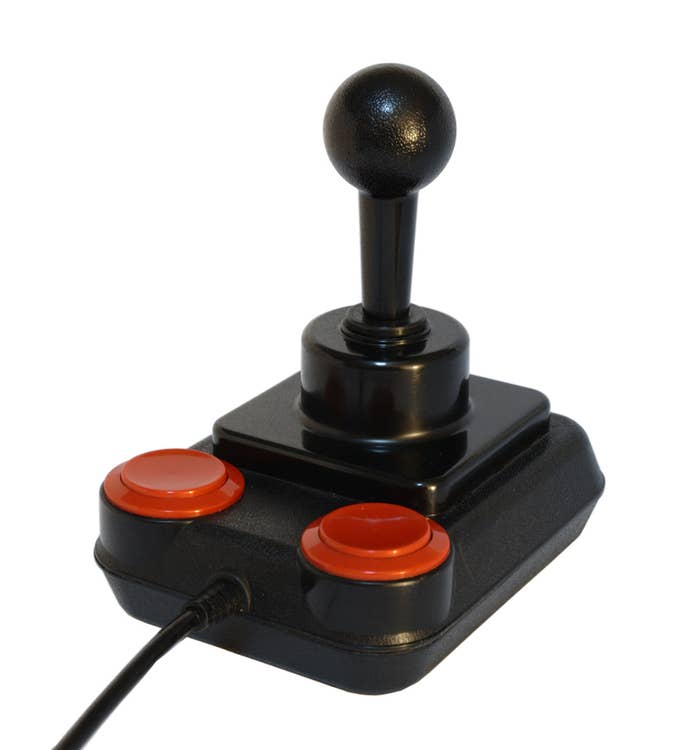
Jaz Rignall, Editor-at-Large
Controller: Kempston Competition Pro
I'm so old, I grew up back in the Paleolithic era. After a hard day avoiding being eaten by saber tooth tigers, and making sure I didn't get trampled by wooly mammoths as I walked to and from work, I'd sit down in front of a CRT, plug my Kempston Competition Pro joystick into my Atari 400's DE-9 connector, and play games with pixels as big as colorful as Jolly Ranchers.
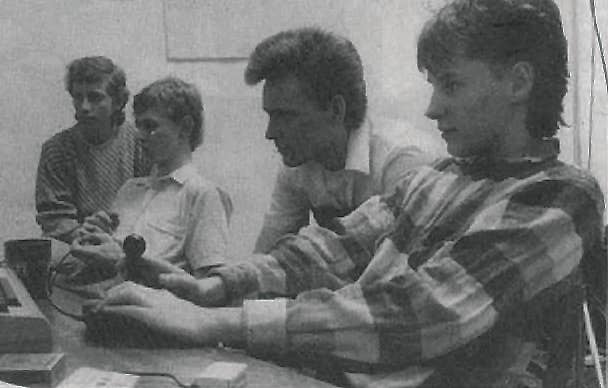
That joystick was typical of its era: one-button (it does have two on the stick, but they're just left and right-handed versions of the same button), built from bulletproof, non-brittle plastic, and featuring a leaf switch wiring system that was a thing of simplistic mechanical beauty. It could take endless abuse, and if you wanted to modify the responsiveness of the buttons or tweak the tension of the stick, all you needed was a screwdriver. Whether you were waggling like a maniac in Decathlon, needed precision reactions for Dropzone, or wanted a little more play for something like Impossible Mission, the Kempston could be fine-tuned to perfection.
Three decades later, the DualShock is my controller de jour, with the third iteration being my absolute favorite. This generation's version is great, but its indented option buttons are not well designed, and I'm still not so sure about that touch area - it doesn't really work effectively with the DualShock's grip design. The DualShock 3 gets everything right: spot-on weight, excellent ergonomics, and the feel of the analog sticks and buttons is terrific. I do have to give a special mention to the Xbox One's controller, which I also enjoy using. But the non-standard rechargeable battery and wireless headphone options are a strike against it.

Kat Bailey, Senior Editor
Controller: WaveBird
The GameCube controller was secretly the best input device of its generation. Where the original Xbox controller was both bulky and loaded with too many buttons, and the DualShock 2 was mostly more of the same, the GameCube controller was quietly innovative and a pleasure to use. The WaveBird, on the other hand, was a work of art.
One of the earliest examples of a truly viable wireless controller, the WaveBird untethered gamers from their GameCube for the first time. And when I say untethered, I really mean it. The WaveBird's range was so good that it was possible to play Super Mario Sunshine or Super Smash Bros. Melee from the other room. Add in the excellent battery life and improved ergonomics, and it was the clear champion of the Xbox/PlayStation 2/GameCube era.
What's truly amazing though is that the WaveBird is still a viable controller to this day. With the GameCube Controller Adapter due out later this year, many WaveBird devotees will soon be bringing their favorite controller out of retirement, if only to play Super Smash Bros. I know I will. I suppose there's an argument to be made that the DualShock 4 and the Xbox 360 controller are superior, but the WaveBird will always be my sentimental favorite. I can't wait to use it again.

Bob Mackey, Senior Writer
Controller: DualShock
Before I begin, I should point out that I'm cheating a bit. When I say my favorite controller is the DualShock, I'm referring to the entire DualShock "family," since the general shape and feel of this input device hasn't changed much (to me, anyway) since its American debut in 1998. From the very beginning, Sony got everything right, and the name "DualShock" signifies this. It may seem head-smackingly obvious today, but the inclusion of a second analog stick and a rumble device within the controller itself—not as a separate, battery powered add-on—felt revelatory at the time, and it's plain to see why Sony hasn't really deviated from this idea over multiple generations. In fact, it's safe to say Sony set the standard for console controller design after the DualShock's launch: Since the PS2 generation, it's been a given that every means of input must have two analog sticks. And though the Wii somehow got away with only having one, its Classic Controller threw a second stick in for good measure.
Also, it helps that DualShock controllers are comfortable, solidly built, and feel so right in my larger-than-average hands. And the small changes made to the DualShock over various iterations have only made it better, so I'm hoping they stick with it, regardless of what our future may hold. Because, man, we really dodged a bullet with that silver banana-looking monstrosity originally planned for the PS3.







